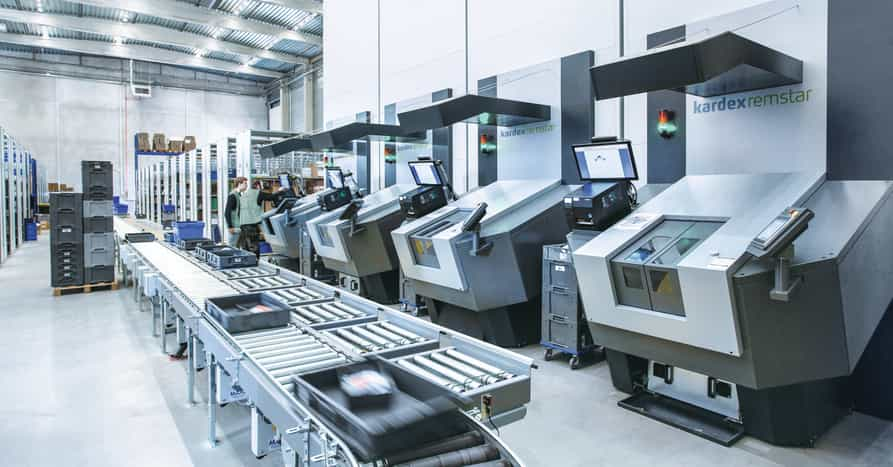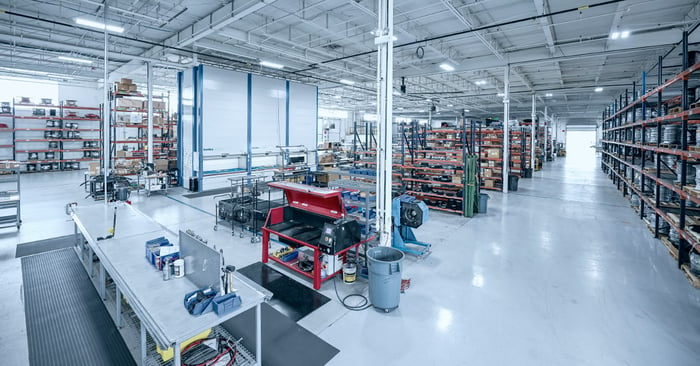Data confirms a company’s return policy has an influence on consumer buying behavior. A UPS survey revealed 66% of shoppers review a retailers return policy before making a purchase. Retailers who want to be successful in e-commerce need to include returns logistics in their overall business plan.
E-Commerce Growth Means Growing Returns Pains
There's no doubt e-Commerce is growing, and COVID acted as a catalyst for online consumer purchasing already on the rise. But as online purchasing grows so do returns - over $428 billion dollars of inventory was returned in 2020. Handling returns is quickly become a nightmare for some retailers.
According to Shopify, items bought in-store have a return rate of 8%, where e-commerce purchased items have a return rate closer to 30%. That's because:
- 30 % of shoppers deliberately over-purchase and subsequently return unwanted items
- 19% of shopper admit to ordering multiple versions of the same item so they could make their mind up when they’re delivered
- 80% of returned items are reported damaged or broken (often in transit)
These increased levels of returns are impacting retailers:
- 57 % of retailers said that dealing with returns has a negative impact on the day-to-day running of their business
- 33% of online retailers offer free returns but offset the cost of this by charging for delivery
- 20% said they’d increased the price of products to cover the cost of returns
As e-commerce business continues to rise, returns management will become a top priority for retailers to be successful in the e-commerce space.
The Return Goods Management Headache
Returned goods are a headache, handling them is generally a time consuming, tedious process.
"On Black Friday, I purchased some sunglasses from an online retailer. When the order arrived at my house, they weren't the pair I had ordered. I contacted the retailer who promptly replied 'keep them and we’ll send you the correct pair, no problem!' It was a great experience and I'll buy from them again!"
Stories like this are more and more common. For this retailer it was easier and less expensive to let the customer keep the incorrect item than receive the item back at their facility, process it into inventory and reship the correct pair.
Without a returns handling or reverse logistics strategy, your returns management process is likely ineffective or inefficient. Warehouse returns take up unplanned space in a facility and take time to process back into inventory and can have an enormous impact on your bottom line.
The Simple Warehouse Returns Management Solution
While no one wants to handle returned goods on a regular basis, having a simple process for returning items increases customer satisfaction. When the customer’s experience is a pleasant one, they are more likely to make repeat purchases, even if they already returned something.
Deploying affordable, flexible automated, goods to person storage and retrieval technology can simplify return logistics processing. Returned goods can be managed as another form of inbound shipping through efficient routing and restocking items to minimize inventory costs, labor requirements and space demands.
As you already know, the first handling step of receiving and processing returned goods is decidedly manual. Based on a variety of factors—including the condition of the item, its age, visible defects or damage, seasonal category and others—returned items are then assigned a disposition destination. Classifications might include:
- Restock and return to inventory for immediate sale.
- Repackage for re-sale in a secondary channel, such as a discount retailer’s online or brick-and-mortar stores.
- Repair, refurbish or remanufacture—particularly for electronics such as mobile phones and tablet computers.
- Return to supplier, vendor or manufacturer—seasonal items purchased with a sales agreement stipulating that the source will accept unsold inventory.
- Recycle, reclamation or disposal.
Managing this returned goods process is cumbersome, but it’s only the beginning. To move returned items through the disposition process quickly, and avoid wasting space in the warehouse for temporary storage, utilizing an automated storage and retrieval system (AS/RS) can speed up processing time to maximize asset value recovery in a smaller footprint, while reducing cycle times and labor-handling costs.
ASRS to the Rescue
There’s a wide variety of AS/RS technologies on the market – some of which come with a hefty price tag. However, the most affordable and flexible solutions include Vertical Buffer Modules, Vertical Lift Modules, Vertical Carousel Modules and Horizontal Carousel Modules. The selection of the most appropriate AS/RS for your reverse logistics operation is dependent on a variety of factors, including number of inbound returns received per day, the size variability of the returned goods, and the desired rate of throughput for returns.
By combining these flexible and affordable automated storage and retrieval systems with integrated inventory management software to your return logistics function, you will benefit from:
- A significant reduction in inventory costs
- A significant reduction in return goods handling time
- A significant reduction in the amount of labor required to process returns
- A significant reduction in the amount of space designated to house returned items
- Fast and simple sortation of items per their destination
- Faster crediting of customers
- Quicker return to inventory for resale, including the ability to use the returns area as a forward pick zone

Instantly download our Solution Guide: Automated Returns Handling
If you're new to ASRS and would like to learn more from benefits to costs, check out our Intro to ASRS blog post!





